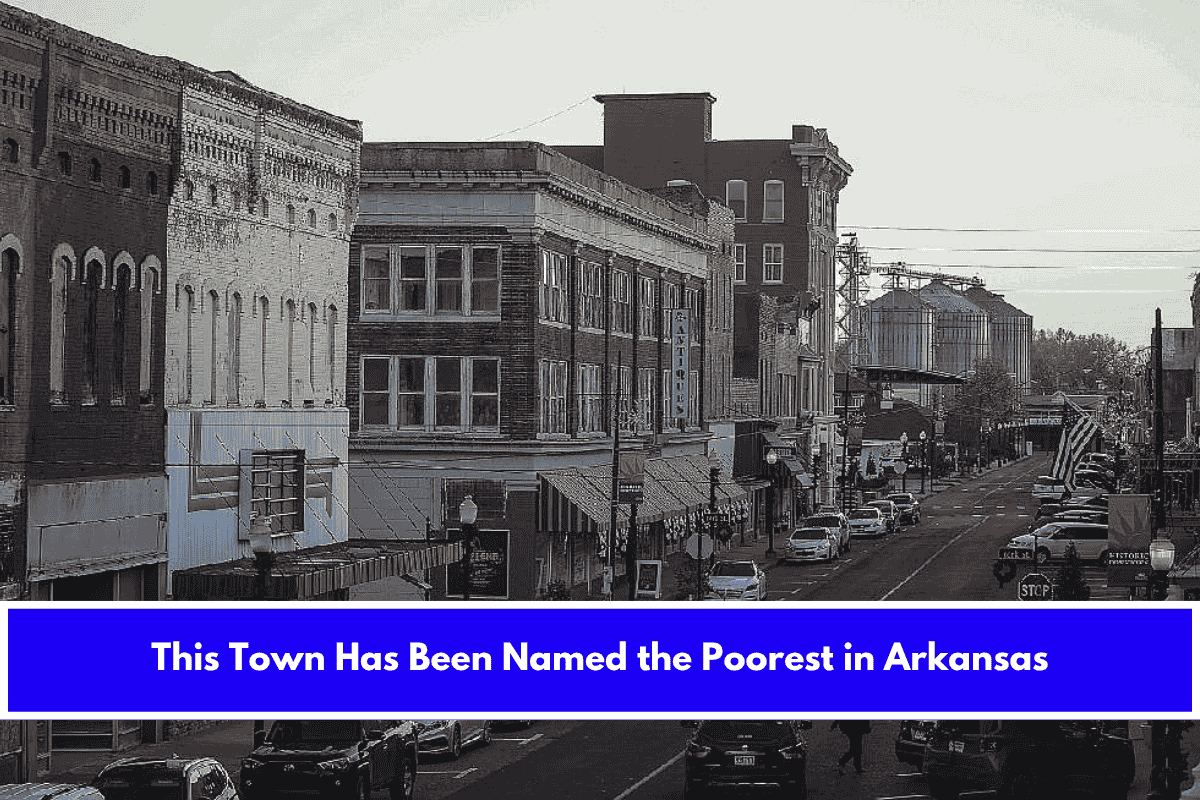Helena-West Helena, nestled along the Mississippi River in Phillips County, has garnered the unfortunate distinction of being the poorest town in Arkansas. Despite its rich history and cultural legacy, the city faces persistent economic challenges that have set it apart as a symbol of poverty in the state.
A Snapshot of Poverty
Recent data underscores the severity of the economic hardship in Helena-West Helena. The city’s poverty rate stands at approximately 33.9%, more than double the Arkansas state average of 16.8% and nearly three times the national average of 12.6%.
This means that roughly one in three residents—about 3,170 out of a population of 9,342—live below the poverty line. The situation is even more dire for children: over half (52%) of those under 18 are living in poverty.
The median household income in Helena-West Helena is just $31,118, the lowest in Arkansas among cities with populations over 5,000. The per capita income is similarly low, at $19,219. These figures reflect a community struggling to make ends meet, with limited job opportunities and a shrinking population.
Demographic and Economic Trends
The city’s population has been steadily declining, dropping from 12,282 in 2010 to an estimated 8,462 in 2024—a loss of more than 30% in just over a decade.
This exodus is partly due to the lack of economic opportunities, as the local economy remains heavily reliant on agriculture, particularly cotton cultivation, which has seen a reduction in labor demand due to mechanization.
Phillips County, where Helena-West Helena serves as the county seat, is one of the poorest in Arkansas, with a poverty rate of 30% and an unemployment rate approaching 15%. Nearly 40% of county residents lack a high school diploma, and the region leads the nation in births to unwed mothers.
Living Conditions and Community Efforts
Affordable housing is one of the few silver linings: the median value of owner-occupied homes is $72,300, and the median gross rent is $774. However, access to healthy food and healthcare remains a challenge.
The city’s obesity rate is about 45%, and residents on the Helena side must travel about seven miles to reach the nearest supermarket with a variety of fresh produce.
Despite these challenges, Helena-West Helena is working to improve quality of life. Initiatives include building shared-use paths for physical activity, increasing access to healthy foods, and extending trails to connect the city with Memphis. Local organizations and foundations are also investing in community health and infrastructure.
A City of Contrasts
While Helena-West Helena’s struggles are stark, the city is not without hope. Community leaders and residents are actively seeking solutions, from economic development projects to health initiatives.
Still, the statistics paint a sobering picture: Helena-West Helena remains the poorest town in Arkansas, a place where poverty is deeply entrenched but where efforts to foster resilience and renewal continue.
Sources:
- https://www.sog.unc.edu/content/helena-west-helena-arkansas
- https://www.ams.usda.gov/sites/default/files/media/LFLPHelenaAR.pdf
- https://www.roadsnacks.net/poorest-places-in-arkansas/
- https://www.welfareinfo.org/poverty-rate/arkansas/helena-west-helena/











Leave a Reply